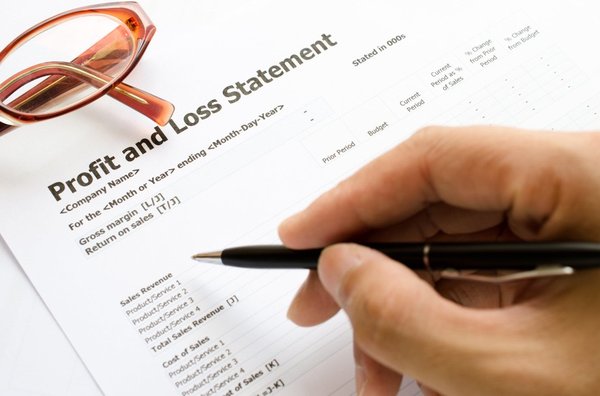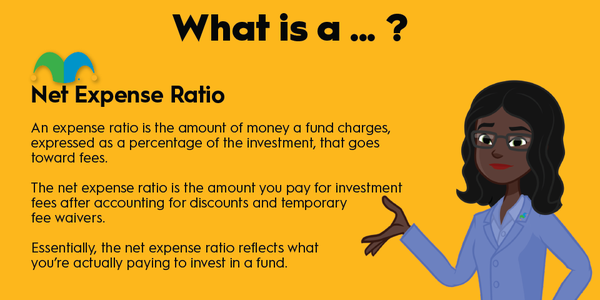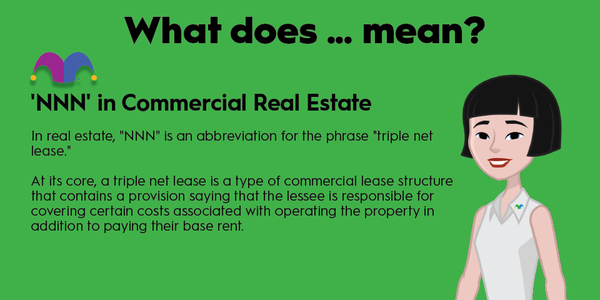When analyzing stocks you might want to invest in, one very important area to look at is a company's debts. However, simply looking at a company's total outstanding debt doesn't always give the full picture, especially when a company has a relatively high amount of cash or liquid assets. Instead, net debt can be the better metric.
Here's a rundown of what net debt means, why it's important, and how you might want to incorporate it into your analysis.

What is net debt?
What is net debt?
Net debt is the total amount of debt a company would have if it used all of its cash and liquid assets to pay down the debts on the balance sheet. In other words, net debt is equal to a company's (or individual's) total debt minus its cash, cash equivalents, and liquid investments.
It's also worth mentioning that some companies have no debts whatsoever, and others have debt, but the cash and equivalents on the balance sheet are greater. In these cases, the net debt would be negative, and we could say that the business has a net cash position.
Why is it important?
Why is net debt important?
Learning about a company's debt levels is obviously an important piece of understanding its overall financial health. However, simply looking at a company's total debt level can be somewhat misleading, especially in situations where a business maintains a large cash position.
As a hypothetical example, let's say that a company has a $20 billion market capitalization, and its balance sheet shows $10 billion in long-term debt. Depending on the industry, this is typically considered to be a rather high debt load. However, if that company also has $8 billion in cash and equivalents on its balance sheet, it only has $2 billion in net debt, which paints a completely different picture.
How it's used
How to use net debt in your analysis
To be perfectly clear, there's no perfect answer to "What should a company's net debt be?" There are plenty of variables that should be considered. For one thing, it's important to realize that different industries tend to have different debt levels that are considered comfortable. As an example, many investors want to see technology companies have low or even negative net debt levels, while businesses in the real estate sector often comfortably carry net debt levels of half of their market cap or more.
Different businesses also have different maturity levels and credit risk ratings, and this should certainly play a role in your debt analysis. After all, $1 billion in debt at an average interest rate of 3% and $1 billion in debt at 8% interest are two very different things.
The key takeaway from these two caveats is that net debt is usually most useful for comparing companies with their peers. For example, comparing the net debt levels of Home Depot (HD 1.13%) and Lowe's (LOW 1.21%) could be very useful. A comparison of net debt between Home Depot and Nvidia (NVDA 1.91%) probably wouldn't give you much usable insight.
Even when comparing similar companies, net debt as a raw number usually isn't nearly as useful as debt ratios, which give more of an apples-to-apples comparison between two companies. The net debt-to-earnings before interest, taxes, depreciation, and amortization (EBITDA) ratio can help you compare the liquidity of two similar businesses, and tracking a company's net debt-to-EBITDA ratio over time can help you determine if its balance sheet is getting stronger over time.
Related investing topics
Example
Example of net debt in the real world
Let's say that you were considering an investment in online marketplace Etsy (ETSY -1.05%), and you want to evaluate its debt as part of your analysis. As of the most recent figures, Etsy had a total of $2.39 billion in debt on its balance sheet. It also had $787 million in cash and equivalents, as well as $253 million in short-term investments, for a total of $1.04 billion. Subtracting the cash and liquid assets from the company's debt shows net debt of $1.35 billion.



























